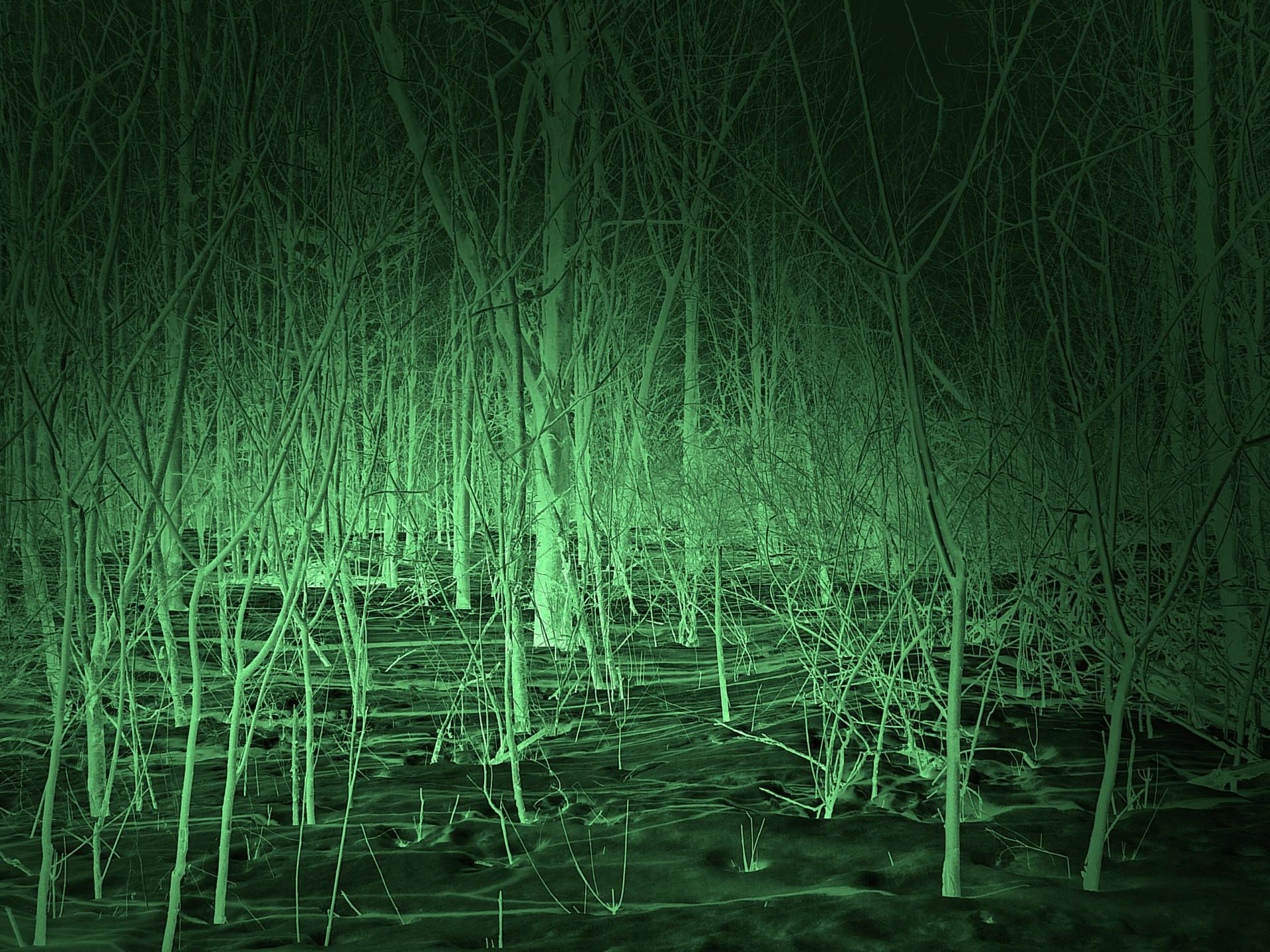The choice of scopes that hunters use can be a critical factor in their success during hunting expeditions. When it comes to scopes, there is a wide assortment of options you can choose from today to add as an attachment to your hunting rifle and gain an advantage in the game.
Choosing the right type of scope is a crucial decision, and there are several factors you need to consider when you are making the decision. The kind of game that you are targeting in your hunting expedition, the conditions and the equipment that you will routinely use during the hunt, and other such aspects can affect your choices.
Once you decide on these factors, one vital choice you need to make is choosing between night vision or thermal scopes for that hunt. Both thermal hunting scopes and night vision scopes are common choices for hunters. These scopes can help hunters better detect, recognize, and target their game animals.
We are going to discuss a few critical differences between night vision and thermal imaging scopes that can help you make the right choice for your next expedition.
The ability to detect game
Perhaps the most significant difference between night vision and thermal scopes is their respective abilities to help you detect the animals you are hunting. Thermal imaging scopes detect subtle differences in the heat of the surroundings and the game. They pick up radiation given off by the heat generated by everything in the environment instead of relying on any visible light to produce the image you see.
You can use thermal imaging scopes during the day time as well as night with the same effectiveness. Animals generate heat and are warmer than their surroundings. It means that thermal scopes can highlight the game at great distances for you with ease.
On the other hand, night vision relies on a degree of ambient light to make it possible for you to detect your game. It can get more challenging for you to detect game over great distances at night using night vision equipment. If there is no natural light, you can use IR illuminators to use night vision. They can generate enough light for you to see through the scope, but it is invisible to the naked eye. However, you cannot use night vision during the day because the bright light will damage the night vision scope’s sensors.

The ability to identify game
After detecting an animal, you need to identify it to determine whether it is the game animal. When you use thermal scopes, the image is displayed as black and white or various shades of color. The warmer the temperature of the object, the brighter it will appear on the thermal hunting scope. While you can easily detect animals through the thermal scope, identifying and recognizing them as games can be challenging over a long distance.
When you use night vision equipment, the visible light bounces off the game, and it turns into an image of the animal. Once you detect the animal, it can be easier to recognize it as the targeted game because you can discern the visible spectrum image better. However, night vision is not very effective when there is a fog, if the animal, or if it is still.
Thermal equipment can help you detect animals through bushes, fog, and even standing still. Only extreme cold weather can impair a thermal scope’s detection ability.
Durability of equipment
The durability of the scopes that you use while hunting is another critical difference between night vision and thermal hunting scopes. The durability can affect the equipment’s ability to withstand conditions while shooting and the effect of the recoil from your hunting rifle.
Night vision equipment has been around for a longer time than thermal imaging equipment. It used to be far superior in terms of durability. However, thermal imaging equipment nowadays is sturdier than it used to be. Some of the higher-end models of thermal scopes are as sturdy and durable as night vision scopes.
Cost of both scopes
The price of equipment can be the ultimate factor for many hunters for the choice of scope they go for when they are preparing their equipment. Thermal imaging scopes present a far superior set of capabilities for a hunter in terms of improving their edge over the game animals. It provides them with better capabilities to detect the game over long distances and to keep track of the game during relatively unfavorable conditions. However, it is also quite expensive.
Night vision scopes can improve the ability of a hunter to detect and identify game in darker conditions. Still, they pose substantial challenges for the hunter in unfavorable conditions. There are limitations that night scopes have, making them a weaker option than thermal imaging equipment. That being said, night vision equipment has been around for longer.
Due to the technology’s availability for a longer time, night vision scopes are far more available and affordable than thermal imaging scopes.
Final Thoughts
Both night vision scopes and thermal imaging scopes can present their advantages for a hunter in different conditions when they are hunting. After you detect the game, recognize it, and properly identify it, you can harvest the game as you choose.
Thermal hunting scopes are the clear winner when it comes to helping you detect the game. Night vision has a slight advantage over thermal equipment when it comes to recognizing and identifying the game for deer depredation. However, that can become challenging if you are not hunting in ideal conditions.
Thermal imaging equipment may be more expensive, but it presents you with a more substantial set of advantages while you are on the hunt. We think it could be a much better option if you have a budget that allows you to purchase thermal hunting scopes for your next expedition.